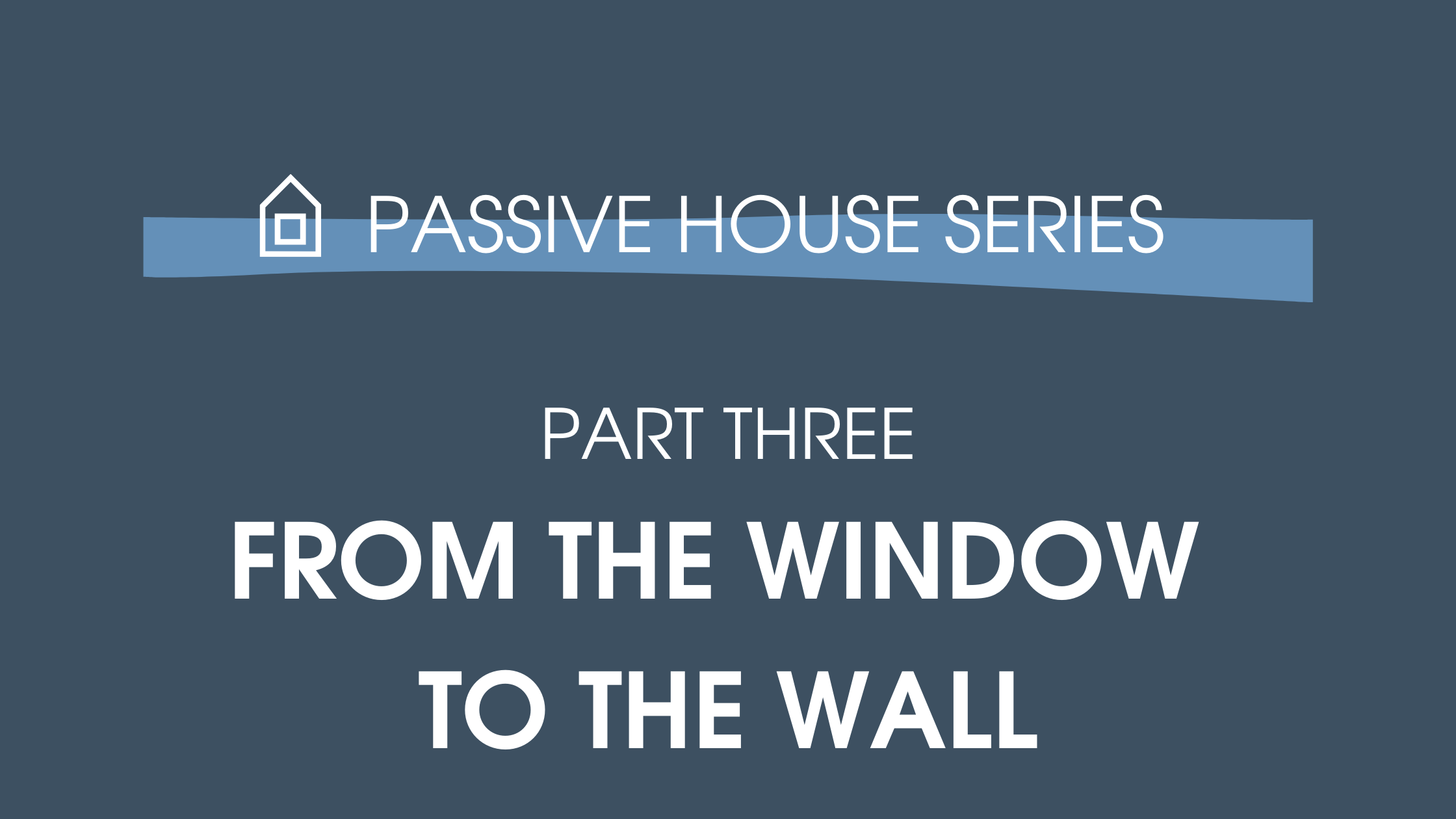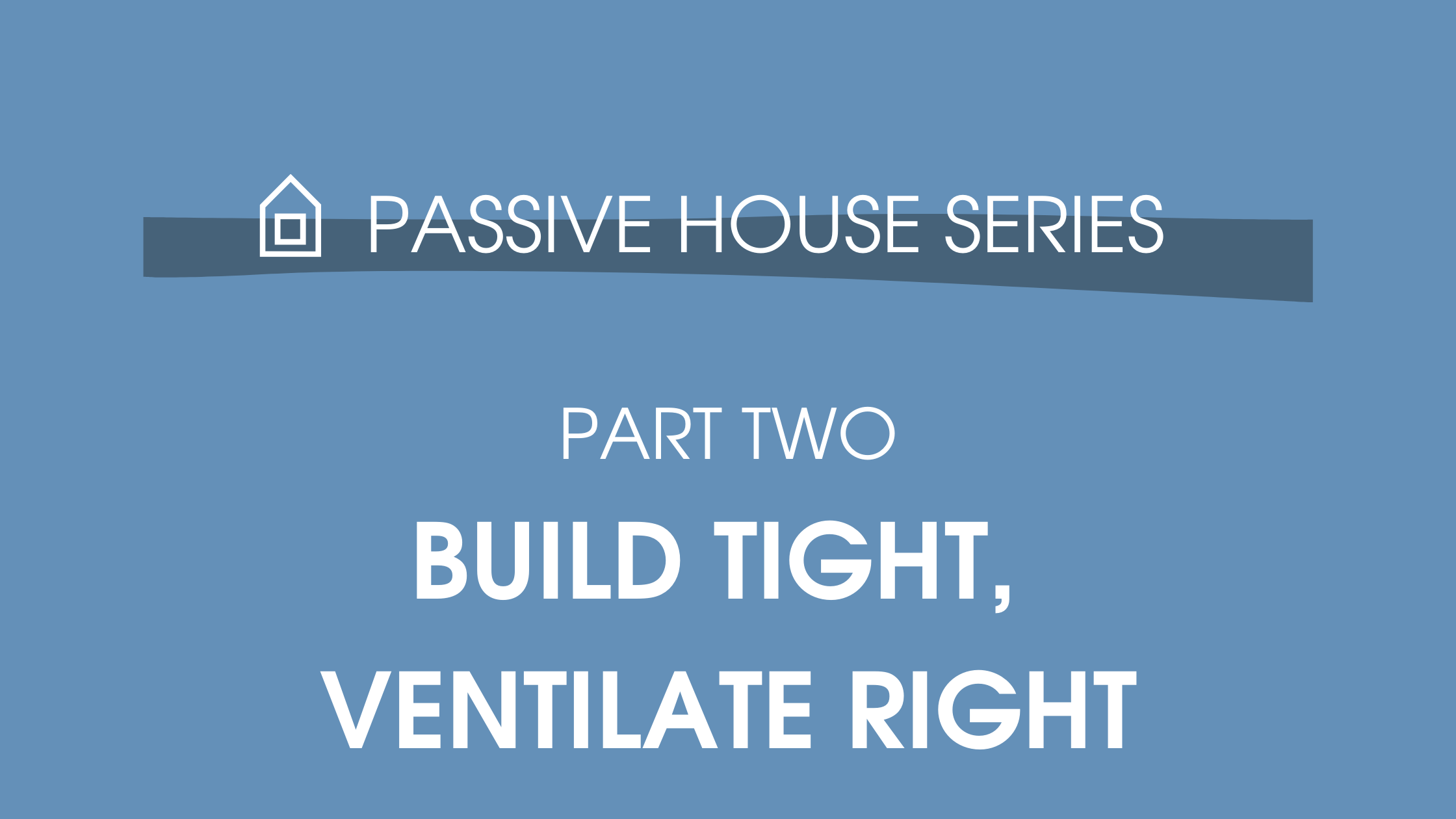
6 Myths About Passive House Busted
When you talk or read about Passive House, you’ll most likely come across arguments against this relatively new concept. There are people who try to discredit this form of building because they either don't fully understand it, or they are not open to change. On platforms such as Facebook groups and online forums, everyone is an expert and false pieces of information are thrown around with no evidence backing them up – which can get confusing. Some of these statements can gain traction, with the potential to deter people from deciding to build a Passive House. So we thought we’d get one step ahead and dispel the most common myths and misconceptions surrounding Passive House.

An Insight Into Insulation
We all know what insulation is and those who have homes that are not insulated, tend to find the winters extremely cold and the summers unbearably hot. As told by our year nine science teacher, hot air always moves towards cold air – so in winter, the warm air will try to escape out of your home and in summer it will weasel its way in. The indoor comfort levels become so poor that you have to crank up either the heater or aircon, resulting in your energy bills going through the roof. So how do we make the most of our insulation?

From the Window to the Wall
One of the big-ticket items in any build is the external windows and doors – often defining the character of the home, providing natural light and ventilation. Windows are typically the weakest link in a building from a thermal performance perspective and it’s common to see condensation on the inside of the window frame or water entering through the openings around old existing windows. Being one of the five key principles of Passive House, we thought we would dive a bit deeper into this topic as it’s something every build can relate to.

Build Tight, Ventilate Right
At Carland Constructions we want to take a proactive approach to building, especially when it comes to your home’s performance and ecological footprint. With continual professional development and having recently become Passive House Certified, we plan to implement new processes that challenge the status quo of our industry and improve the future of residential construction.

What is Passive House?
Last year I was fortunate enough to undertake studies and become a certified Passive House Tradesperson. I had been interested in this particular course for several years and had done quite a bit of reading up on this style of building. It caught my attention as everything I was reading made sense, but couldn't understand why it had not gained much traction in Australia. I finally enrolled and went back to school. It was a very intense week of training with a few moments of information overload, but it was hands down the best course that I have undertaken. It completely opened my eyes about the building industry and the urgent need for change in Australia. Over the next few weeks, I will take you on a journey of what I learnt and go into more detail about Passive House.
